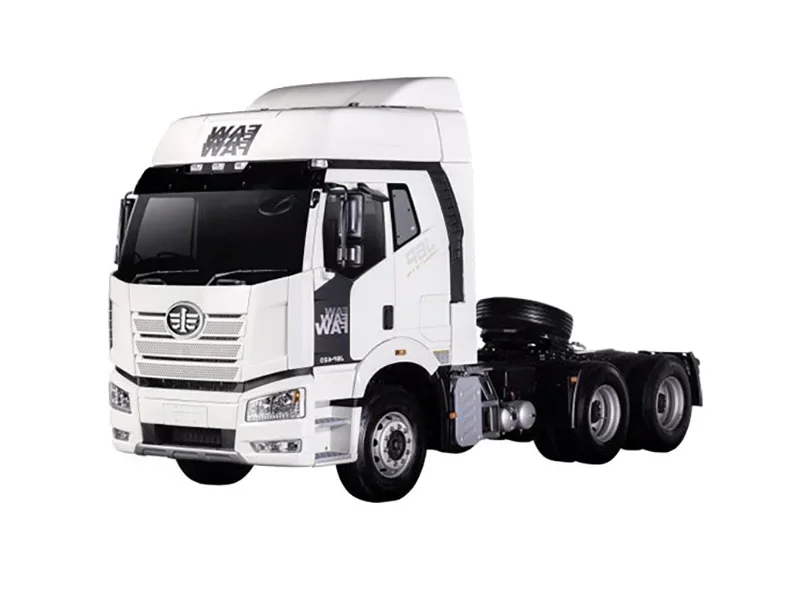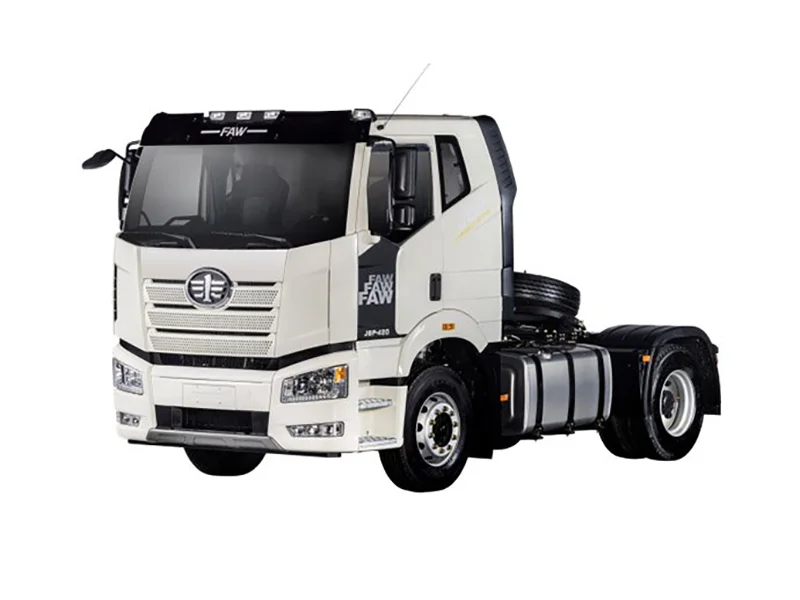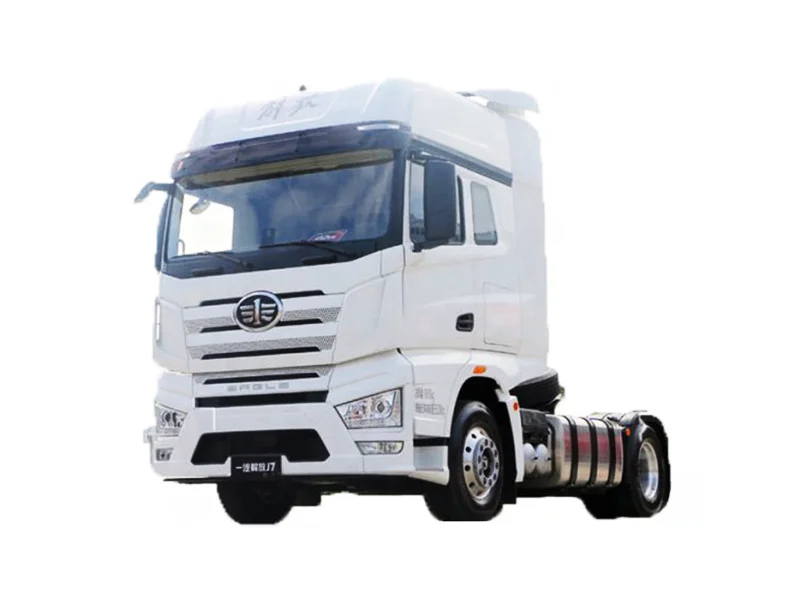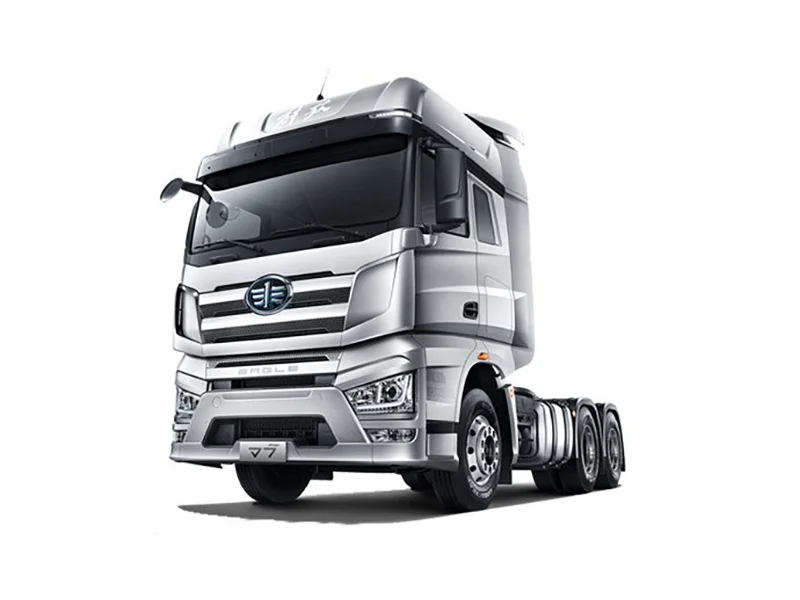
Shock absorber
Keywords:
Shock absorber
Category:
Product Introduction
Shock absorbers are used for cabin vibration damping.
First, check whether the product offers a 2- to 3-inch lift requirement. Some products only provide a 2-inch lift, which, when pushed to the 3-inch mark, can easily reach their limit during off-road use, potentially leading to damage.
Second, does the diameter of the shock absorber's central telescopic rod meet or exceed 16 millimeters? This is a fundamental indicator of strength.
Third, is the upper and lower connection sleeve of the shock absorber made of high-strength polyurethane? This is also a critical factor in ensuring long-term, high-intensity performance, as ordinary rubber would struggle to maintain durability under such demanding conditions. Shock absorbers primarily serve to dampen the oscillations that occur when springs rebound after absorbing shocks, as well as to mitigate impacts from the road surface. Even when traveling over uneven terrain, though the shock-absorbing springs effectively filter out road vibrations, the springs themselves still undergo back-and-forth movements. That’s precisely where the shock absorber comes in—to suppress this spring-induced bouncing. If the shock absorber is too soft, the vehicle body will bounce up and down excessively; conversely, if it’s too stiff, it’ll create excessive resistance, hindering the proper functioning of the springs altogether.
Frequently Asked Questions




















